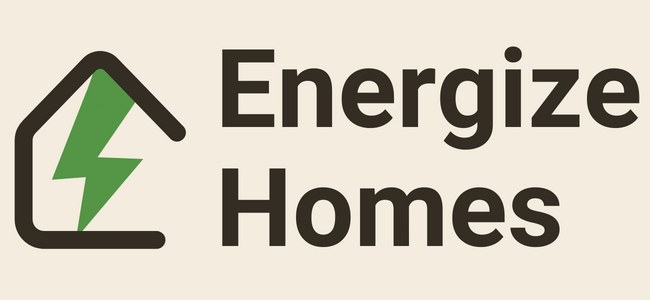Advantages of Recycled Material Insulation in Home Energy Efficiency
Recycled material insulation offers an array of benefits ranging from enhanced thermal resistance to reduced embodied energy and lifecycle emissions.
Choosing recycled insulation can be an environmentally responsible and economically sound decision that could contribute to superior home energy efficiency.
Introduction
The conversation around sustainable energy usage and efficiency is incomplete without a comprehensive understanding of insulation materials. One topic gaining traction is the utilization of recycled materials for insulation. These materials range from post-consumer recycled paper to recycled cotton and even recycled glass. In this blog, we will delve deep into the advantages of using recycled materials for insulation in homes, from thermal performance to life cycle assessment (LCA).
Enhanced Thermal Resistance (R-Value)
One of the primary advantages of using recycled insulation materials is their impressive R-value. Materials like cellulose, which is made from recycled newspapers, offer an R-value of approximately 3.2 to 3.8 per inch. This is a significant thermal resistance compared to traditional fiberglass insulation, which hovers around 2.2 to 2.7 per inch.
| Material | R-Value per Inch |
|---|---|
| Cellulose | 3.2-3.8 |
| Fiberglass | 2.2-2.7 |
Low Embodied Energy
Recycled insulation materials require less embodied energy for production. Embodied energy is the total amount of energy consumed from sourcing to manufacturing. Since recycled materials have already gone through initial extraction and processing, the embodied energy for re-manufacturing them into insulation is lower than for virgin materials.
Lifecycle Emission Reduction
The use of recycled material for insulation plays a significant role in reducing lifecycle greenhouse gas emissions. These materials don’t require new resource extraction, and as such, substantially reduce the overall carbon footprint of the insulation system.
Economic Savings
Recycled materials often cost less than their newly manufactured counterparts, offering economic benefits. This advantage, however, should be contextualized within the scope of long-term energy savings; the upfront costs of insulation should be weighed against the long-term utility bill reductions.
Indoor Air Quality (IAQ) Benefits
Certain types of recycled insulation like recycled cotton insulation are hypoallergenic and free from formaldehyde, providing superior indoor air quality (IAQ). This can be an essential criterion for homeowners who are sensitive to chemical off-gassing common in some traditional insulation types.
Waste Diversion
By opting for recycled insulation materials, one actively contributes to waste diversion from landfills. For instance, recycled newspaper-based cellulose insulation contributes to reusing millions of tons of paper that would otherwise end up in landfills.
Compatibility with Existing Systems
Recycled insulation materials like cellulose can be easily retrofitted into existing home systems without any need for extensive renovations. They are often “blown-in,” making it easier to fill irregular cavities, thereby eliminating thermal bridges.
